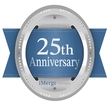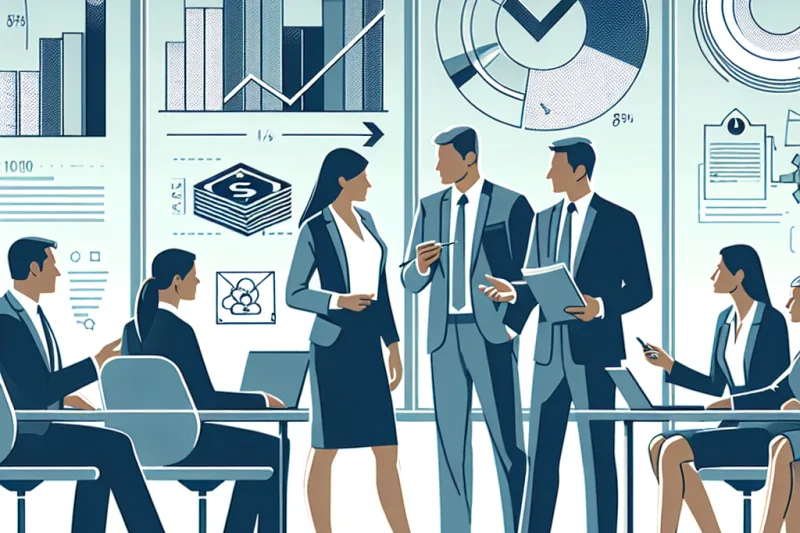What Steps Are We Taking to Ensure Our Product Meets the Latest Industry Standards and Compliance Requirements?
In today’s SaaS landscape, where trust, security, and innovation are non-negotiable, ensuring your product meets the latest industry standards and compliance requirements isn’t just a checkbox—it’s a strategic imperative. As a SaaS CEO, you’re not just managing code and customers; you’re stewarding a business model that must scale securely, remain audit-ready, and stay ahead of regulatory and technological shifts.
So, what concrete steps should your company be taking to stay compliant, competitive, and acquisition-ready? Drawing from elite MBA frameworks (Harvard, Wharton), insights from SaaS leaders like Jason Lemkin and David Skok, and data from McKinsey and SaaS Capital, this article outlines a comprehensive, actionable roadmap.
1. Tracking Innovation and Compliance Through Strategic KPIs
Adopt a Dual-Lens KPI Framework
Stanford’s Graduate School of Business emphasizes the importance of tracking both innovation and compliance metrics to ensure long-term viability. Here’s how to structure your dashboard:
- Innovation KPIs: Feature adoption rate, time-to-market for new releases, % of revenue from new products, and NPS (Net Promoter Score).
- Compliance KPIs: SOC 2 audit readiness, GDPR/CCPA incident response time, % of codebase covered by security scans, and number of unresolved vulnerabilities over 30 days old.
These metrics not only help you monitor internal performance but also serve as critical due diligence signals for potential acquirers. As explored in Due Diligence Checklist for Software (SaaS) Companies, buyers increasingly scrutinize security posture and compliance maturity during M&A evaluations.
2. Embedding Compliance into Product Development
Shift Left on Security and Privacy
According to McKinsey’s 2023 tech trends report, leading SaaS firms are embedding compliance into the development lifecycle—what’s often called “shifting left.” This means:
- Integrating automated security testing (SAST/DAST) into CI/CD pipelines
- Conducting privacy impact assessments (PIAs) during feature planning
- Using data classification frameworks to tag and protect sensitive data
Companies that adopt these practices reduce remediation costs by up to 60% and accelerate time-to-certification for frameworks like ISO 27001 and SOC 2 Type II.
Maintain a Living Compliance Matrix
Wharton’s M&A curriculum recommends maintaining a “compliance matrix” that maps your product features and data flows to applicable regulations (e.g., HIPAA, PCI-DSS, GDPR). This matrix should be updated quarterly and reviewed by both legal and engineering leads.
3. Leveraging Emerging Technologies to Stay Ahead
AI for Compliance Monitoring
AI isn’t just for product features—it’s also transforming compliance. Tools like Vanta, Drata, and Secureframe use machine learning to continuously monitor your systems for deviations from compliance baselines. This reduces manual audit prep and flags issues before they become liabilities.
Zero Trust Architecture
As cyber threats evolve, adopting a Zero Trust model—where no user or system is inherently trusted—has become a new industry standard. Gartner predicts that by 2025, 60% of SaaS companies will adopt Zero Trust frameworks to meet enterprise buyer requirements.
4. Preparing for Acquisition or Strategic Investment
Compliance as a Value Driver
In M&A, compliance isn’t just risk mitigation—it’s valuation enhancement. According to SaaS Valuation Multiples: A Guide for Investors and Entrepreneurs, companies with clean compliance records and third-party certifications (e.g., SOC 2, ISO 27001) command 15–25% higher valuation multiples.
Advisors like iMerge use proprietary models to assess how compliance maturity impacts deal structure, especially in asset vs. stock sales. As outlined in Asset versus Stock Sale, the presence of unresolved compliance issues can shift buyer preference and reduce upfront cash components.
Due Diligence Readiness
Ensure your compliance documentation is audit-ready and centralized in a secure data room. This includes:
- Security policies and incident logs
- Data processing agreements (DPAs)
- Third-party risk assessments
- Penetration test results and remediation plans
As detailed in Completing Due Diligence Before the LOI, early preparation accelerates deal timelines and builds buyer confidence.
5. Building a Culture of Compliance and Innovation
Cross-Functional Ownership
Compliance isn’t just a legal or IT function—it’s a company-wide responsibility. Harvard Business School case studies on SaaS scaling emphasize the importance of cross-functional governance. Consider forming a “Compliance & Innovation Council” with representatives from product, engineering, legal, and customer success.
Employee Training and Incentives
Regular training on data privacy, secure coding, and regulatory updates is essential. But beyond training, incentivize compliance through OKRs and performance reviews. For example, tie a portion of engineering bonuses to successful SOC 2 audits or zero critical vulnerabilities in production.
6. Staying Informed and Adaptive
Monitor Regulatory Changes
Use tools like OneTrust or TrustArc to stay ahead of evolving regulations. Subscribe to updates from the SEC, FTC, and international bodies like the EDPB (European Data Protection Board). Assign a compliance lead to track and interpret these changes for your business context.
Benchmark Against Peers
Use data from SaaS Capital’s annual surveys or PitchBook’s M&A reports to benchmark your compliance posture against similarly sized firms. This helps you identify gaps and prioritize investments that align with industry expectations.
Conclusion: Compliance as a Strategic Lever
Ensuring your SaaS product meets the latest industry standards and compliance requirements is no longer a back-office function—it’s a boardroom priority. From embedding security into your codebase to leveraging AI for real-time monitoring, the steps outlined above are not just about avoiding fines—they’re about building trust, accelerating growth, and maximizing enterprise value.
Whether you’re preparing for a strategic exit or simply future-proofing your platform, compliance is a competitive advantage. And with the right frameworks, tools, and partners—like iMerge—you can turn regulatory readiness into a catalyst for innovation and valuation uplift.
Scaling fast or planning an exit? iMerge’s SaaS expertise can guide your next move—reach out today.



